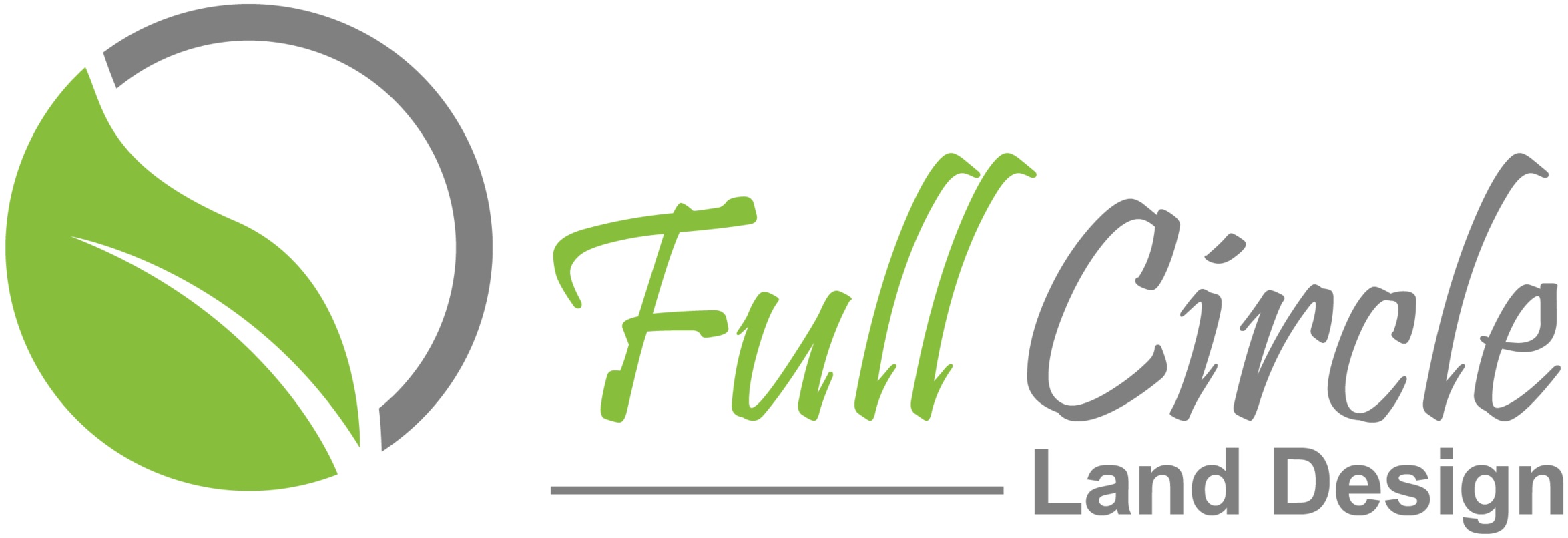Rental Property Landscaping Dos and Don'ts
As a savvy landlord, you know how important the curb appeal of your property is. It’s like a book cover and sets the stage for what a prospective tenant can expect when they set foot inside the property. If it looks like it has seen better days, then it could be costing you business by driving away prospective tenants, warns Haas Properties. On the other hand, if it looks attractive, it could help you land prospective tenants easily and quickly.
That said, being a landlord is usually a demanding job. Among other things, landlords have to find and screen prospective tenants, deal with tenant issues, maintain and repair the property, and collect rent. In fact, it’s because of this smorgasbord of responsibilities that make landlords turn to professional landscapers for help. So today, we are going to share with you 7 dos and don’ts of rental property landscaping to keep in mind when landscaping a rental property.
Dos
1. Keep the Yard Simple
As aforementioned, landlords are a busy lot. They have many responsibilities on their hands that require their constant attention. And, over-complicating the yard will only add to their burden of duties. Therefore, when landscaping a rental property, aim to keep it low maintenance by doing things like:
Use ground covers to replace some of the turf.
Pick shrubs, trees, and plants that consume relatively less water to grow.
Plant trees and shrubs that require as little attention to grow as possible.
Plant densely, turn soil rarely, and mulch heavily to minimize chances of weeds growing.
2. Go Native
Put simply, native plants are those plants that are indigenous to a given area. These are plants that have adapted to the geography, hydrology, and climate of that region. For this reason, they are hardy and won’t require watering, fertilizers, or pesticides to grow once established.
So, not only will planting native plants be good for the environment, but it will also help save both time and money as well. So, if you live in Florida, for example, make sure to plant plants like Coontie, Cabbage palm, Blue-eyed grass, and Beach Sunflower.
And if in California, then make sure to consider plants like California Bush Sunflower, Canyon Snow Iris, Island Alumroot, Bush Anemone, Woolly Blue Curls, and Point Reyes Meadowfoam.
3. Avoid a Personalized Theme
Homeowners have the liberty to design their homes whichever way they like. The same cannot be said for rental homes, however. And this is essentially because, being a rental property, its primary goal is to appease as many people as possible. Therefore, avoid personalizing the property as much as possible. In other words, stick to a neutral theme. Go with colors such as white, black, silver, gray, shades of brown, and of course, green. The reason for this is because neutral colors can be used with any feature in a landscape without altering the visual impact of the textures and colors nearby.
4. Consider Pets
Americans are a nation of pet lovers, there is no denying that. In fact, some studies put the number of American households with pets at a whopping 67%. It, therefore, makes sense to designate an area for pets when doing rental property landscaping. The following are some tips to help you in this regard.
· Choose sensible plants. Use those that are sturdy enough and don’t have any burrs, thistles, or thorns that may be caught in a pet’s fur or paws.
Create a border. You can use large rocks to keep your pets away from any delicate flowers. You may also use large pieces of driftwood to keep dogs away from off-limit areas.
Use safe mulch. Not all mulches are safe for pets. This is at least according to the American Veterinary Medical Foundation.
Create paths. Some dog breeds love to patrol their territory. As such, create some paths throughout the yard. You can use pebbles, much, brick, or pavers in this regard.
Use safe materials. Materials such as rocks, pebbles, bricks, pavers, and flat rocks are all good options.
Watch out for toxins. While pets typically do not eat toxic plants, some common ones in the Chattanooga area to be careful of include, but are no limited to:
Lillies
Azalea
Yew
Rhododendron
Nandina
For more, visit the ASPCA website
Don’ts
1. Avoid too Much Pavement
Pavement is impermeable, meaning water cannot penetrate it. Therefore, rainwater can accumulate on or nearby paved areas like patios or driveways, causing flooding. This water that flows over impervious surfaces exposes water to pollutants which then flows into our sewage system, eventually making into our rivers, lakes, and streams. Furthermore, too much pavement increases the temperature and makes it feel hotter.
A great way to combat the effects of impervious surfaces is to use permeable pavers or gravel for driveways, patios, and walkways. In addition, limiting the size of these features will help, allowing for more natural material such as mulch, grass, and plants.
2. Don’t Overdo
Here, quality should be the overriding objective. To a landlord, an overdeveloped yard screams one thing – high maintenance. Needless to say, it’s a turn-off. Most renters do not want to, and will not, take care of the landscaping at a rental property. Thus, there is often the need for a landscape company to maintain the yard which adds extra costs. Rather, keep it simple with a focus on low-maintenance evergreens and pops of color with perennials.
3. Avoid Personalizing
As previously mentioned, personalizing the yard will only make it less desirable to prospective tenants. Think of the yard as an extension of the house. Typically, you want to keep the inside simple, clean, and neutral so that it doesn’t turn off prospective clients that may have a different style. This is also true for the outside.
For help with getting your rental property’s landscaping up to speed, call Full Circle Land Design or visit their website at fullcirclelanddesign.com.





